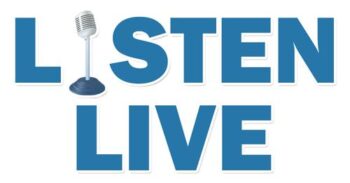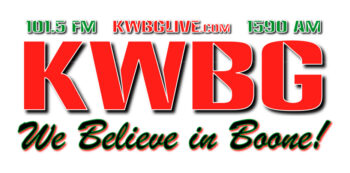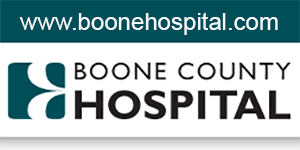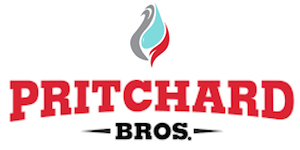DES MOINES, Iowa—Iowa Governor Kim Reynolds has announced that 29,025 K-12 students applied for a Students First Education Savings Account (ESA) during the program’s monthlong application period which closed on June 30.
“The tremendous response from Iowa families demonstrates there’s both a need and a strong desire for school choice in our state,” said Governor Reynolds. “Allowing parents to choose the education that’s best for their children levels the playing field and creates equal opportunities for Iowa’s students.”
The program is part of the governor’s landmark Students First Act which was signed into law in January and promotes school choice by providing ESAs for eligible students who choose to attend accredited private schools in Iowa. Universal eligibility will be phased in over three years. All incoming Kindergarteners and all public-school students are eligible in year one with the start of the 2023-2024 school year. Eligibility for families of children currently enrolled in accredited private schools will be income based over the first two years. During the 2023-2024 school year, private school students with household incomes at or below 300% of the federal poverty level (FPL), currently $90,000 or less for a family of four, are eligible. The following year, income eligibility expands to include household incomes up to 400% FPL, currently $120,000 or less for a family of four. Beginning in the 2025-2026 school year, all K-12 students in Iowa are eligible regardless of income.
This year, ESAs will be funded with $7,635—the same amount appropriated by the state to support the education of each public-school student during the 2023-2024 academic year. The funds must first be used to pay tuition and fees; remaining balances can then be used to cover other approved educational expenses or held for subsequent school years.
To date, 17,481 ESA applications have been approved. The remaining applications are pending additional review. The state has 30 days following the close of the application period to complete the review process and determine the eligibility status of all pending applications.
Of the applications approved at this time:
- 40% are for students planning to move from public to accredited private schools, while 60% are for students already attending accredited private schools whose families qualify based on income eligibility for the upcoming school year (at or below 300% federal poverty level (FPL), or up to $90,000 for a family of four).
- The average net household income for ESA applicants planning to move from public to accredited private schools is $128,507 (more than 400% FPL); and $62,199 for private school applicants.
- 14% of applicants have household incomes less than 100% FPL (less than $30,000 for a family of four); 31% have incomes ranging from 101% to 200% FPL (above $30,000 and up to $60,000 for a family of four); 36% range from 201% to 300% FPL (above $60,000 and up to $90,000 for a family of four); the remaining 19% are above 300% FPL (above $90,000 for a family of four).
In addition to applying and being approved for an ESA, families must separately apply to the accredited private school of their choice and, if accepted, update their ESA account indicating the school their child plans to attend. Then, the school is able to invoice the family for tuition and fees through their ESA account. Once parents approve the payment, funds are transferred from the ESA account and payment is made to the school. ESA funds remain in the state’s possession until a student’s parent or guardian approves payment to the school.
Approved ESA accounts may be funded as soon as July 15. The first payment from an ESA must be used for tuition and fees to an Iowa accredited private school.
If a student is approved for an ESA but does not attend an accredited private school by September 30, the ESA account will be closed for the school year. The funds remain with the state and are returned to the general fund.
The final number of ESA program participants and other program details will not be available until certified school enrollment numbers are finalized later this fall.
(contributed press release Office of the Governor)









